FIG SEASON
(This post is adapted from my book Growing Figs in Cold Climates)
Figs for All
For cold-climate fig growers, the harvest season is upon us. (Fig growers in warmer climates have been harvesting fresh figs for weeks.) But even here in the north, the harvest could continue for weeks to come since the so-called “main crop” fig fruits keep forming and ripening as long as the weather and sunlight keeps stems growing.
Some people might say, “Why go through the trouble of caring for a fig plant when you could buy fresh figs in the market? The fragile skin and the perishability of the fresh fruit doesn’t lend itself to commercial handling, which is why commercial figs, when you do find them in the market, have been harvested while still underripe and firm.” Then the claim could be, “Just let those market fruits sit out for a few days to sweeten up.” Nix on that also. A fig fruit will not further ripen once harvested. It might soften and sweeten a bit, but what’s taking place is more incipient rot — microorganisms degrading cell walls and changing starches to sugars — than ripening.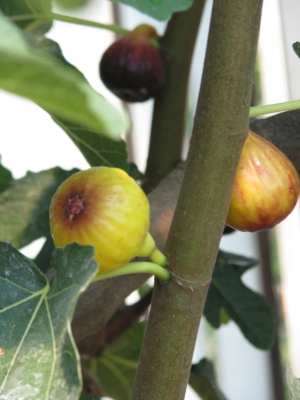
In fact, caring for a fig tree is very little trouble. Even in cold climates, where special techniques are needed for this subtropical plant. Fig plants are relatively pest-free. And, they can be grown in pots, even small ones, although the larger the pot the larger the harvest. Their main requirement is to bathe in six or more hours of daily summer sunshine.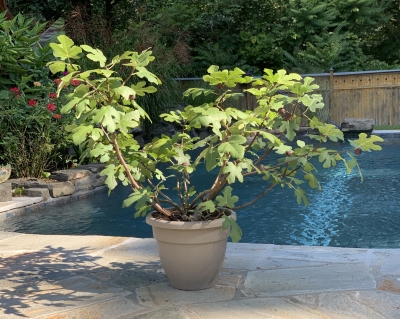
Hurry Them Up
We cold-climate fig growers tend to get very excited about seeing little figlets developing in the axils of the plants’ leaves, which is where a leaf joins a stem. But we must be patient because after their initial swelling, those small figs seem to just sit there forever. 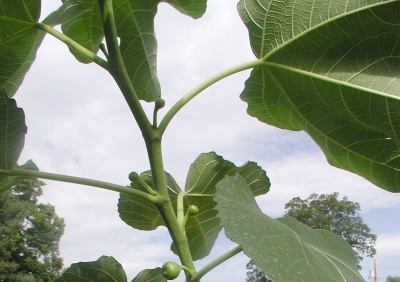 A fruit’s swelling could be characterized by a sigmoidal growth curve, with a sharp initial increase (the hopeful phase) followed by a flattening (where impatience sets in) and then another rapid increase in size and weight, as well as sugars, coupled with softening and a change in color (the reward phase). Main crop figs, as mentioned previously, ripen beginning with the oldest fruits at the proximal ends of stems and progressing sequentially towards the distal ends of the stems.
A fruit’s swelling could be characterized by a sigmoidal growth curve, with a sharp initial increase (the hopeful phase) followed by a flattening (where impatience sets in) and then another rapid increase in size and weight, as well as sugars, coupled with softening and a change in color (the reward phase). Main crop figs, as mentioned previously, ripen beginning with the oldest fruits at the proximal ends of stems and progressing sequentially towards the distal ends of the stems.
Depending on the length of the growing season and the variety of fig, some number of the youngest fruit will not ripen. If you fear your figs not ripening, or not enough are ripening, you can do something about it.

Figs ripening sequentially along stem
Pinching out the growing tip atop a stem could speed up fruit production lower along the stem, especially along any stem which, if you peer closely into the leaf axils, you see two small buds. Typically, one of the buds has the potential to grow out into a stem; the other could swell up to become a figlet.
Later in summer, some fig aficionados pinch out the tip of a growing stem along which grow reasonably developed figlets. The theory is that by stopping further stem growth, albeit, temporarily, energy that was being pumped into stem growth then is diverted to fruit growth. I’m not yet convinced about this technique.
Ripening of nearly ripe figs can be hastened by “oiling the eye,” which is just what it sounds like. Put a drop of olive oil on the eye, the opening opposite the stem end of the fruit. I tried this once as the fig season was drawing to a close. The fruit did ripen but flavor seemed to suffer some. Then again, the fig season was drawing to a close; cooler temperatures and less sunlight also could have accounted for less flavorful figs.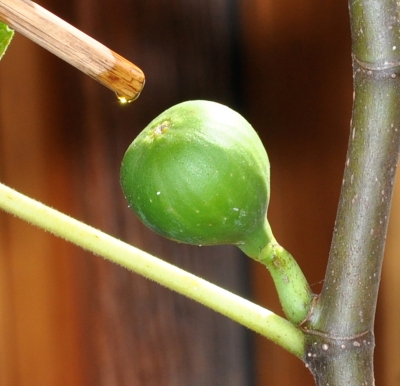
How to Enjoy
With or without your intervention, make the most of your FIGurative efforts (sorry ’bout that; I couldn’t resist) by dealing with your harvest in the best possible way. The fresh fruit doesn’t travel very well further than arm’s length, that is, from plant right to mouth. At any rate, eat it soon. There’s a plate of fresh figs I harvested just before dinner tonight; we ate some and will save the rest for tomorrow’s breakfast. Any not eaten after that go to the compost pile.
Only when I have more figs than I could possibly eat do I conjure up other ways to use them. I’ve dried some by halving them and placing them in a dehydrator. They were good, although quite different from the dried “white Turkish figs” you find in the markets. Those are dried Smyrna figs, also called Lob Injure, a kind of fig that requires pollination and is suitable only for Mediterranean-type climates.
I mostly grow fruits to eat fresh. My most complicated fig recipe is to eat the fruit with some super-dark chocolate. Mmmmm. Perhaps with a touch of some liqueur.
I’ll close with a quote from a poem, entitled “Figs,” by D. H. Lawrence, “The proper way to eat a fig, in society / Is to split it in four, holding it by the stump / And open it, so that it is a glittering, rosy, moist, honeyed, heavy-petalled four-petalled flower.”
Tsk. Tsk. Those Brits. Very poetic, but I don’t eat my figs this way.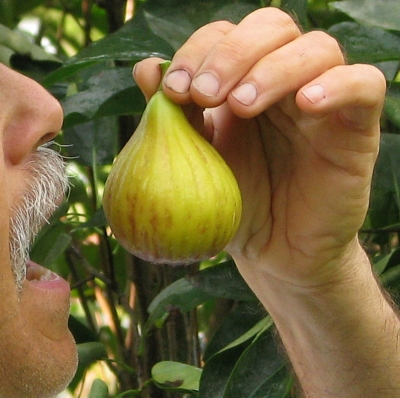

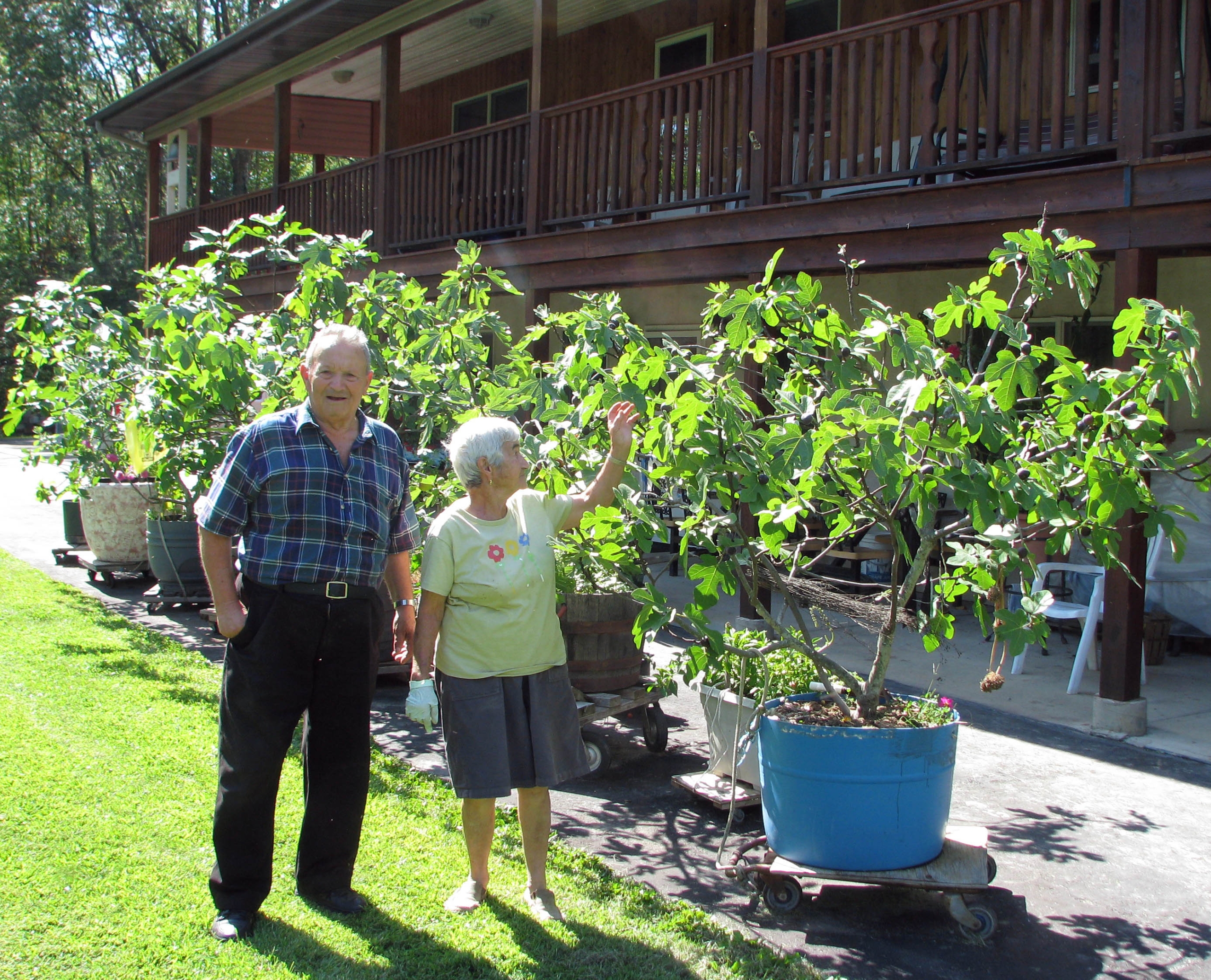

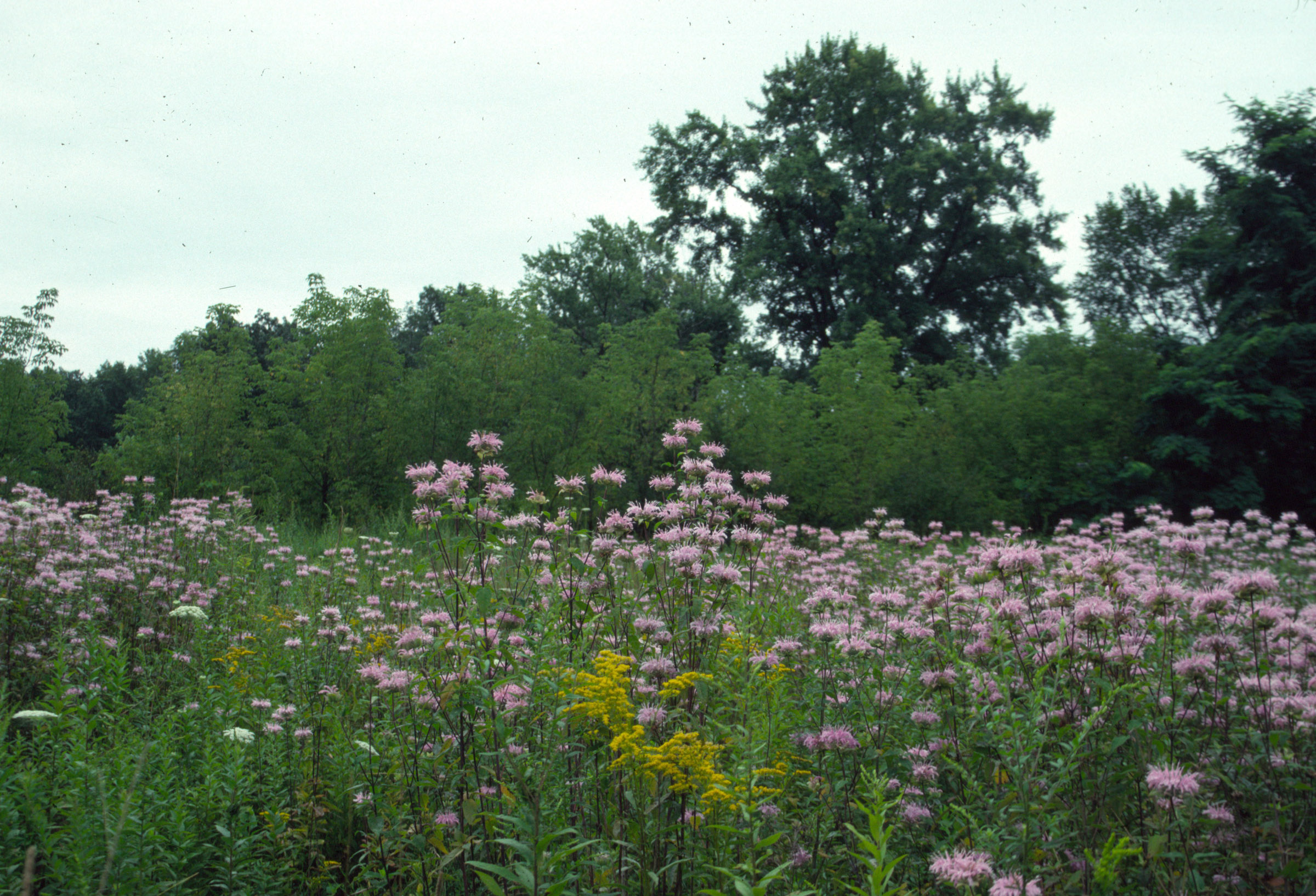
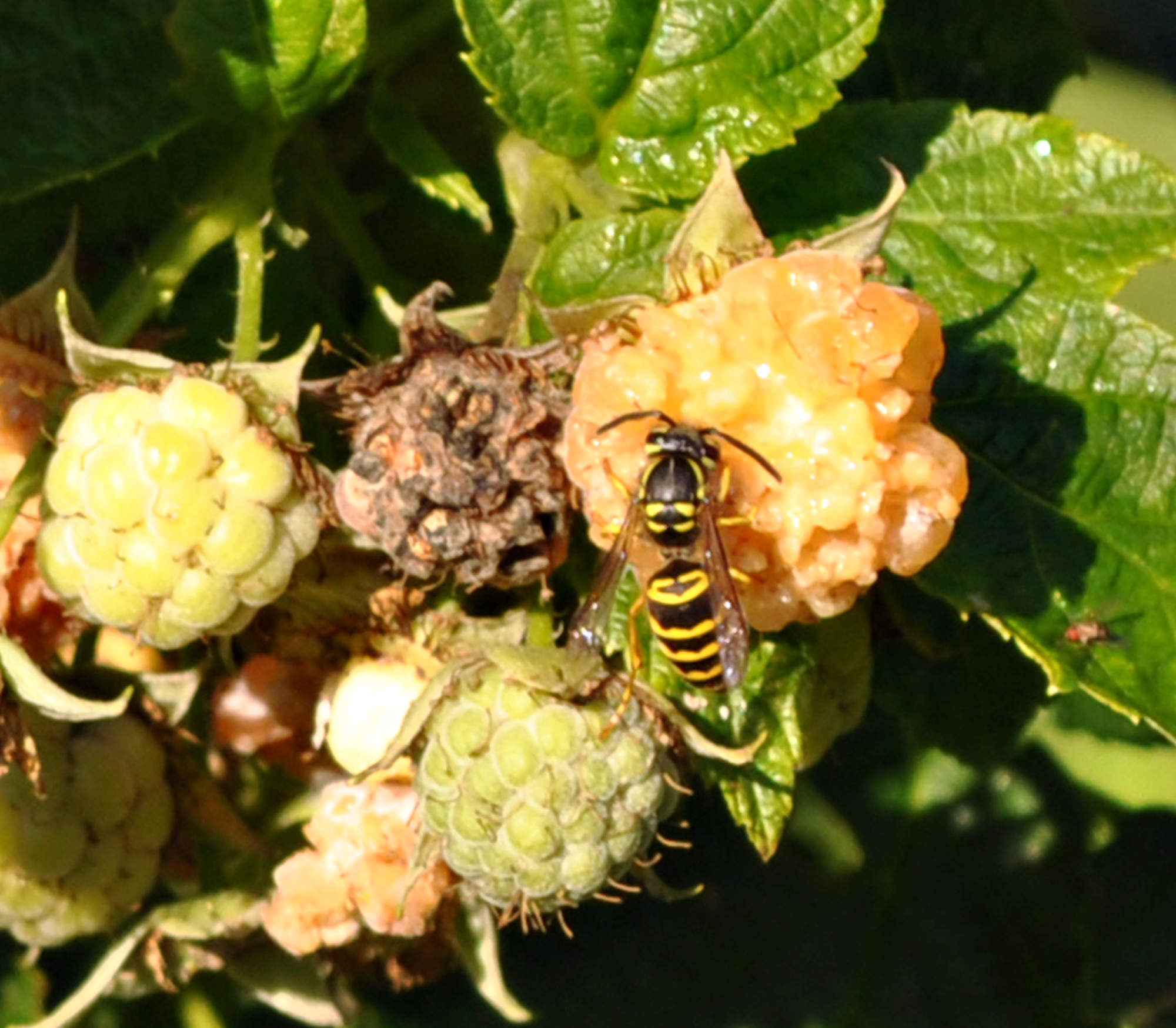
I live in what I consider a warm climate, since our temperatures were over 100 much of August. (Lubbock, Texas) I only had a very few figs last year because the freeze came too early for them. I am watching them often and hoping this year will be different. I have two trees. One tree was brought from my grandmother’s house to my mother’s, then I have part of my mother’s tree. The original one would be over 100 by now. I get very very few figs on that tree. The second tree is a brown turkey fig and puts on a good number of figs, only to be ruined by the early freeze. I just need encouragement and hope of a harvest some day.
Your grandmother’s fig would probably respond to pruning to yield more fruit.
fertilize the trees in the spring right before leaves come on, you can also fertilize after it loose the leaves, that way it could have vitamins through the winter months and it will put fruit on earlier.
I also like the ground in the coldest months it will help with soil
I use the miracle grow and mix as directed.
1gallon should feed 2 trees
Actually, any fertilizer is effective if used as directed. Do does compost, soybean meal, and other organic materials.
i live in Fl and my fig tree is crazy with fruit ,they need lots of water but otherwise they are plentiful i am the only fig lover in the house but crows and a few turkeys stop for a snack.
I’m growing figs in pots here in WI. Your book and blogs have helped me in my success.
In my oldest fig…the first year I got 2, second: 4, third: 12. But this year I will have close to 80 if the weather holds! I’ve made cakes and jams and actually shared some with other people (if they are worthy, lol).
A fresh picked ripe fig is one of life’s wonderful things! I’m so happy with my success. Thank you for your help!
I liked “if they are worthy.”
Yes, how true, “if they are worthy”!
Dogs are too precious to share with any old person. I grew up on the southeast coast of Australia where my grandparents had a large fig tree, among other edible landscaping, that had bountiful harvests every year. I’ve been so spoiled by this experience because now I’m super picky about my produce
I assume “dogs” is code for “figs.” Yes, tasting fresh and timely harvested fruits and vegetables makes it very hard to tolerate the generally inferior products offered for sale.
I hope you meant “any ole person” as we elderly do love a ripe fig from time to time.
How and where do I get your book about growing figs. I live in western North Carolina. I have tried to find a source to buy a fig tree start but all the ones I have seen here for sale look just terrible.
My book is available through my website, https://www.leereich.com/books.
I started growing figs last year. Plan to sell some starts in spring. We live near Hickory if that’s close for you.
Where is Hickory l I cated?
Were is Hickory located?
I have two trees which are in their first season of production. I get plenty of figlets, but when they get to about the size of a grape they drop off the tree. Any idea why?
Could be a water problem, either too much or too little.
I picked up your book in the new year. Just wanted to say that it’s very well written, and has lots of solid information in there. I live in the northwest of Ireland, zone 8A. So seeing what people need to go through in order to get figs to survive the much harsher continental winters was a “thank god I don’t need to do that” moment. I’m also lucky enough to have a spot in a shared poly tunnel, as well as my own small 4×3 meter, or 10×13.3 foot one.
So I decided to go for an espalier in large pots with two canes forming a pinched >< across the top of the pot. Then four branches with three uprights along each, making twelve uprights in total. The plan is to cut half of them back hard each year, once I have the basic shape. Little Miss Figgy was also the first dwarf fig I picked up, and it kind of has a sprawling habit that lends to tying down branches.
Got some small pea sized, and smaller figs on the new growth. So I'm praying they forget to grow any larger before the plants goes dormant. To be honest, I was just glad I managed to get it trained, and looking healthy. Picked up another three fig trees since.
Your book does a good job of saying let's not be panicking just yet, here are your opinions, and here are the pros/cons of each. Which is what most people want to know, how am I going to get these things through winter. There's plenty of other good information on cultivars, and figs in general.
Little Miss Figgy
Brown Turkey
Violette Dauphine
Ronde de Bordeaux
Thank you, and I’m very glad you like the book and that it is helping you on your way to figdom.
I’ve been looking all around for figs cannot be found I live in Pasadena Texas where do I find figs or could I order them from somewhere and have them delivered I love love figs
Search on the web and you’ll find lots of mail order sources. Probably also locally in your part of the country.
I found the most delicious figs in Fayetteville North Carolina
firt time ever growing figs in a large pot Loads of figs but greenish do they turn brown on tree Are they edible green .
How to dry???xx
Fig varieties vary from pale yellow, to green, to reddish, purple. So yes, some are edible green. I dry mine by slicing them in half lengthwise and putting them in a food dehydrator.
I am so glad I found you on my phone I have a fig tree I don’t know how old it is but last year was the best it ever produced figs and they were so delicious and they just kept on growing I was so happy I hope I get lucky this year thanks for your information
so once my potted figs have resolved to grow, can regular vegetative propagation techniques be used to expand the “figgery”
Yes.
I live in East Texas. I have a brown turkey fig tree and it went crazy this year! I’ve picked and picked. I will say I have no clue how to properly prune fig trees and I wonder if I can get some tips that I could get more figs? I’ve had some the size of my palm and some a lot smaller. Also I’ve been afraid to use any pesticides since I don’t want to thwart off any fig wasps. Any tips are appreciated!!!
Many of these questions would be answered in detail in my book GROWING FIGS IN COLD CLIMATES. But briefly, your fig bears on new shoots. Stimulate those shoots by, when the plant is dormant, shortening them to about 4 feet, and removing some at ground level. Correct: don’t use pesticides.
Hello ! I have 2 questions? First, to cut down a fig tree in winter/snowy season? Also, do you eat figs with the skin on or do you peel them before eating them?
Thanks for the great advice on growing and harvesting figs!!
You could prune in winter but if you cut the whole thing down you likely will not get fruit the season following. I do not peel me figs. My book GROWING FIGS IN COLD CLIMATES (available on this website) offers more detail.
use garden lime
Lime will only be effective if you need t raise the pH or if the soil is too low in calcium or magnesium. Get this information with a soil test.
when I was in my early teens, my grama rented a house with a fig tree in back. I was the only one in my entire family who loved them! That was fine with me; I kept a large bag of them in my room. They did not go to waste. I still love them, but now have to buy them in the store.
Plant one now and have your own again!
good article, I wish I could attach a picture of my white fig trees fruit I picked in July, a out 5 to 6 inches each, enormous, since we couldn’t eat them all, I made jam.
a second crop much smaller is now on its way.
I also have a brown fig tree (turkey fig?) that’s coming in now.
do so e joy them. thanks for your articles in
carol
I was given a small clipping several years ago and started to grow in a small pot that I would bring inside during the cold months for about 2 years. We then planted in the earth of our backyard next to our Koy fish pond. During the first couple of years we would cover the tree – my husband used pool noodles that he sliced and covered the branches with (very creative)! Now the tree is about 15-17 years old and is so large & beautiful.
Are figs like some fruits and alternate heavy with lower production years vs same every year?
No, figs should not be alternate bearing. Alternate bearing is mostly mediated by seed production a heavy fruit year suppressing fruit bud initiation for the next year. Except for one category of fig types (Smyrna type) that is adapted only to Mediterranean climates, figs do not make viable seeds.
Hi Lee – you popped up on google today just as I was about to harvest more figs. I’m in upper Montgomery county MD and the huge bush is growing against the west side of a brick house! Do you have any advice on how to move it? Or where ?There’s another large fig that doesn’t produce fruit about 300’ from this one but that one is in the open and receives about the same light. it probably gets less water though. Thank you for any insights!
You can move it by cutting off an outer branch just below the soil line to get some attached roots also.
I have had a huge fig tree for 50 years with very few figs ever produced. after reading about pinching out the axils, those branches produced many figs and this year I had 50-60 figs. They were were small for most of summer, so I tried the oil on end and within 4 days they swelled til they were ripe. Thanks for putting this info out for beneficial fig growth. Next year, I will continue to make this free produce even more fruits
I live in Connecticut and have 3 indoor plants. An I plant them outside where I live in southeastern Connecticut? If so how so I help them in winter months ?
There are many ways: pot, pot in ground, bending to ground and covering, leaving upright and covering, hoop house, greenhouse. My book GROWING FIGS IN COLD CLIMATES (available on this website) offers more detail.
I have two small trees that I started from small branch cuttings last fall. They are doing nicely and are a couple feet tall. should I leave them in pots this winter and transplant in the spring? Or get them in the ground before the first freeze? I live in Southern NM so we still have a few mo the left of nice weather.
Idk your temperatures don’t drop below 25 degrees, I would put them in the ground now.
I received a 12 inch cutting from a friend in New Jersey when I loved in Tennessee. I put the cutting in the ground and it produced one beautiful fig the first year. The second year we moved to Florida and I transplant the plant in the ground.
I now have a large 4 foot bush with a lot of fruit. The figs are great, however the bush seams to have taken off and is growing out of control. I’m afraid to trim it in fear of killing it. Does anyone have any suggestions.
Yes, thin out some of the stems at or near ground level. This will light and air circulate within the bush. If the plant gets too tall, periodically shorten the tallest ones, some to the ground and some to 3 or 4 feet. My book GROWING FIGS IN COLD CLIMATES (available on this website) offers more detail.
I live in San Diego CA. I have a potted fig tree that does very well every season. The problem is every plump purple fig is loaded with white tiny worms
Any suggestions?
Hmmmm. It would be helpful to identify the worms and finding out how they got there. Crawling up the plant? From eggs laid by a flying insect?
So I live in Lexington NC and I have a fig tree that is around 4 or five years old and hasn’t given me any fruit!!! I absolutely love figs and would love nothing more than to see my fig tree give me a harvest… any tips please…??
Sun. Correct pruning.
my chicago hardy fig tree is 2 years old. this year it has pea size figs but they are getting any larger. what have I done wrong? thank you. I have ordered your book.
You pruned it back, or it died back, too close to the ground. The “hardy” in the name is true as far as root survival, but that doesn’t always mean ripening fruit.
I’m curious about your answer as I thought the Chicago Hardy Fig produces fruit on new growth? I live in central VT and 2 figs that wintered in pots produced figs for me–I intuitively pinched the top of the stems when I saw fruit forming. I also wintered one in the ground and it grew like crazy, producing MANY stems but no fruit. My guess is I should thin in the spring, and then pinch?
Lots of fig varieties will bear wood in very cold winter climates. The systems die to the ground but the roots survive in the warmth of the earth and produce new shoots that bear figs. Problem is that figs on new shoots sprouting from the ground a long time to ripen, longer that the growing season in cold climates. If the shoots arise from the upper portions of older wood 2 or 3 feet high, fruit will ripen earlier. Which is why burying in late fall and then disinterring them in spring works for ripening figs. Or growing the plants in pots whose stems are left 2 or 3 feet long works.
Okay, got it. The one in the ground was a small plant last fall and I’m not even sure if anything wintered above ground. I plan to pin down the stems this fall and pile some mulch hay bales on top of and around it, as I did last fall. I guess if the stems don’t winter well, I should put it in a pot and try again in another few years when its warmer…
Don’t cover it too soon. Keep moisture out to prevent rot. Watch out for mice gnawing on stems.
I have a Chicago hardy fig that I got in May, growing in a pot here in SE Pennsylvania. There is a lot of figs but most small and all still green. any hope they will ripen this year? I’m going to put in the ground next month , so when should I cover it for winter?
If they’re green and swelling they’ll probably ripen soon. You can speed ripening then, as described in the post. If they’re small, green, and just sitting there, probably won’t ripen. I cover mine in December. Don’t rush it. Stems can take cold to 32 degrees and a little below.
I have 2 trees – one out in an open yard and one protected by a nearby shed and hedges. I tie and wrap them up each winter and they have been very productive of fruit. The protected one, brown turkey fig has been bearing dozens and possibly 100s of figs and is now over 10 feet. The tree has very thick trunks. Do you think I still need to wrap for winter (Zone 7a)? The unprotected one is a green fig tree and is smaller and less productive and I will continue to wrap as previously.
Average minimum temperature in Zone 7a is 0 to 5 degrees F., which is too cold for stems of an unprotected fig tree. So unless you bet on a warmer winter than the average, I would still protect that fig. Here on the farmden in Zone 5b, last winter only got down to zero degrees F. But I wouldn’t bank on winters like that — yet.
I’m in zone 7b. How do you wrap yours? I’ve wrapped mine different ways and they still die back to the ground.
Here in zone 5B I grow my figs mostly in pots or in the greenhouse. In the ground, much them down and cover them. In zone 7B figs should survive with minimum protection from cold. If you do wrap it, bundle the branches together with rope first, and then put a cap — such as an upside down bucket — on so it sheds water. I detail all this in my book GROWING FIGS IN COLD CLIMATES, available on this website.
I live in Smyrna Delaware is possible for me to buy three of your fig trees the ones that are in the pots if so please send me all information I need to purchase the the trees alone with how to care for them thank you
Sorry, when I sell them it’s only locally. But search around; you should be able to find some down there. Or on the web. By the way, many years ago I lived in Seaford, DE. Back then, figs would not survive outdoors there!